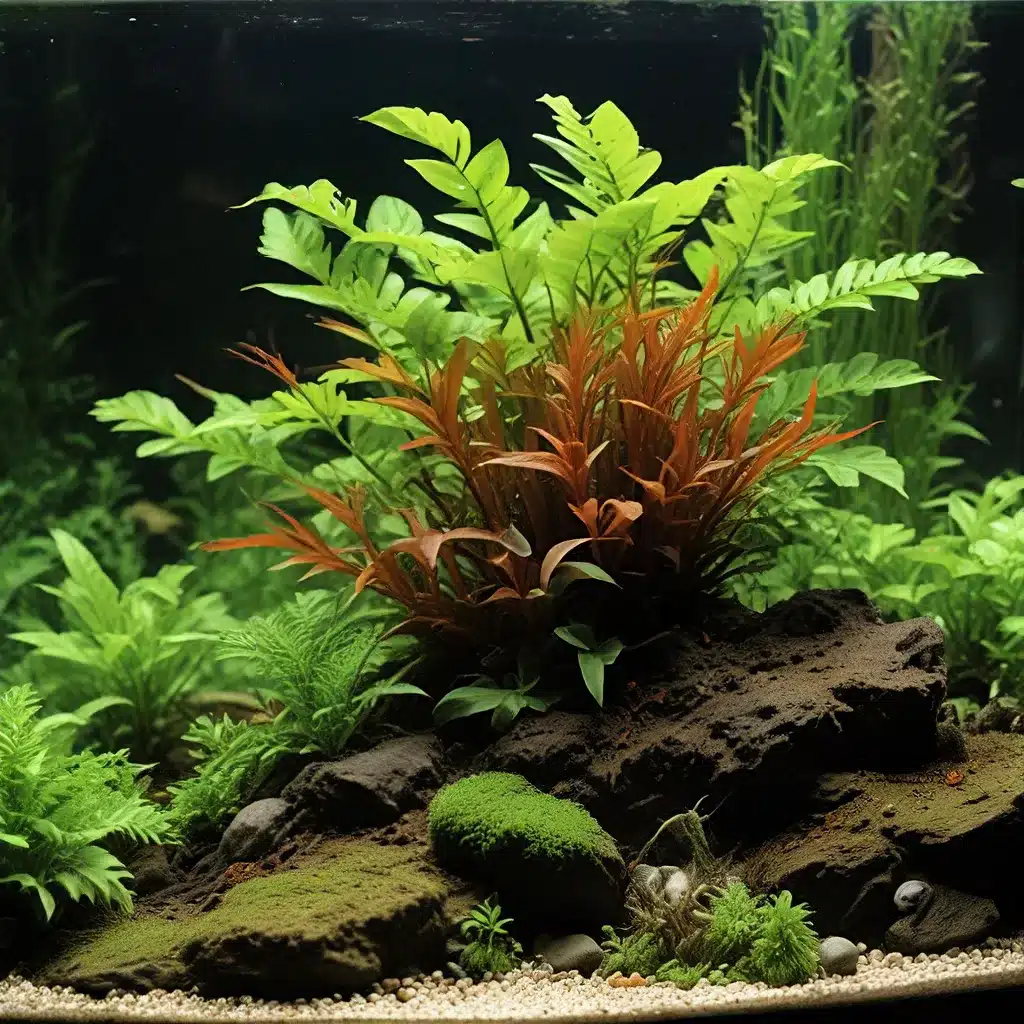
Understanding Invasive Aquatic Plants and Their Impact
Maintaining a thriving aquarium ecosystem is a delicate balance, and one of the biggest challenges aquarists face is managing invasive aquatic plants. These resilient species can quickly overtake an aquarium, crowding out desirable plants, disrupting water flow, and even threatening the health of your fish. Understanding the threat of invasive aquatics is the first step in developing an effective management strategy.
Invasive aquatic plants are non-native species that have been introduced, either intentionally or accidentally, to an environment outside of their natural range. These plants often lack natural predators or competitors in their new habitat, allowing them to spread rapidly and outcompete native flora. The consequences can be devastating, not only for the aquarium but for surrounding natural waterways as well. Invasive plants can clog waterways, reduce biodiversity, and even impact recreational activities like boating and fishing.
One of the most concerning aspects of invasive aquatic plants is their ability to spread quickly. Many species produce copious amounts of seeds or vegetative fragments that can be easily transported on equipment, in water, or even on the feathers of waterfowl. Once established, these plants can be extremely difficult to eradicate, making prevention and early detection critical to maintaining a healthy aquarium ecosystem.
Integrated Pest Management: A Holistic Approach
To effectively manage invasive aquatic plants in your aquarium, it’s important to adopt an Integrated Pest Management (IPM) approach. IPM is a science-based, sustainable decision-making process that combines multiple control strategies to mitigate pest damage while minimizing environmental and economic risks.
The core principles of IPM for aquarium plant management include:
-
Prevention: Taking proactive measures to avoid the introduction and establishment of invasive species in the first place. This may include carefully vetting new plant purchases, properly quarantining new additions, and maintaining good aquarium hygiene.
-
Early Detection and Rapid Response: Closely monitoring the aquarium for any signs of unwanted plant growth, and taking swift action to eradicate potential threats before they become widespread.
-
Integrated Control Methods: Employing a combination of physical, biological, and chemical control techniques, tailored to the specific needs of the aquarium and the invasive species present.
-
Monitoring and Evaluation: Continuously assessing the effectiveness of control measures and adjusting the management plan as needed to ensure long-term success.
By adopting an IPM approach, aquarists can effectively manage invasive aquatic plants while minimizing the impact on their aquarium ecosystem and the environment.
Physical Control Methods
One of the most straightforward ways to control invasive aquatic plants is through physical removal. This involves manually plucking or cutting unwanted plants from the aquarium, taking care to remove the entire plant, including any underground stems or roots. Regular pruning and maintenance can help keep invasive species in check and prevent them from spreading.
Another physical control method is the use of mechanical barriers, such as fine-mesh screens or plant filters, to physically block the spread of plant fragments or seeds. These barriers can be installed at the aquarium’s inlet or outflow, trapping any plant material before it can be recirculated.
Government websites emphasize that physical control methods are often the most economical and safest way to manage invasive species, as they avoid the use of potentially harmful chemicals.
Biological Control: Harnessing Nature’s Defenses
In addition to physical control, aquarists can also explore biological control methods to manage invasive aquatic plants. This approach involves introducing natural predators or pathogens that specifically target the unwanted species, helping to keep their population in check.
One example of successful biological control is the use of herbivorous fish, such as certain species of grass carp or koi, to graze on invasive aquatic plants. By selectively consuming the unwanted vegetation, these fish can help maintain a balanced ecosystem.
Another effective biological control method is the introduction of beneficial insects, like ladybugs, that prey on plant-damaging pests. These natural predators can help reduce the spread of invasive species without the use of harsh chemicals.
Integrated Pest Management (IPM) advocates for a combined approach, using both physical and biological control methods to create a more sustainable and effective solution for managing invasive aquatic plants.
Chemical Control: A Targeted Approach
In some cases, where physical and biological control methods are not sufficient, chemical control may be necessary to manage persistent invasive aquatic plants. However, the use of herbicides and other aquatic pesticides should be approached with caution, as they can have unintended consequences for the overall ecosystem.
Government guidelines recommend using chemical control only as a last resort, and emphasize the importance of following all label instructions and safety precautions to minimize the risk to non-target organisms and the surrounding environment.
When employing chemical control methods, it’s crucial to select the appropriate herbicide or algaecide for the specific invasive species present, and to apply it in a targeted and responsible manner. Aquarists should also be aware of any local regulations or restrictions regarding the use of aquatic pesticides in their area.
Maintaining a Healthy Aquarium Ecosystem
The key to effective management of invasive aquatic plants is to adopt a holistic, Integrated Pest Management (IPM) approach that combines prevention, early detection, and a carefully selected combination of control methods. By taking a proactive and multi-faceted approach, aquarists can keep their aquarium ecosystems thriving and resilient in the face of invasive plant threats.
Remember, a healthy, balanced aquarium is the best defense against the encroachment of unwanted species. Ensuring proper water quality, providing adequate lighting and nutrients for desired plants, and maintaining a diverse aquatic community can all contribute to the overall health and resilience of your aquarium ecosystem.
By staying vigilant, employing a range of control strategies, and prioritizing the long-term sustainability of your aquarium, you can enjoy a thriving, beautiful underwater world that is free from the devastating impacts of invasive aquatic plants. For more information and expert advice, be sure to visit King Aquarium, your trusted source for all things aquarium-related.

